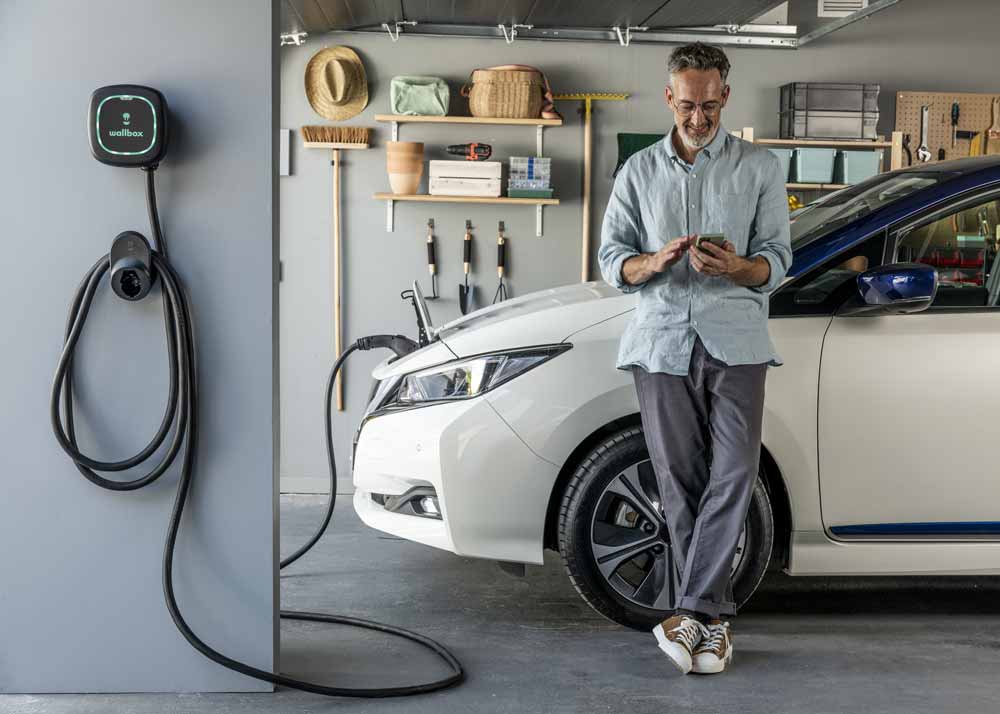Electric vehicles (EVs) are gaining popularity for their eco-friendly and cost-effective nature. As more people make the switch to electric cars, the need for accessible charging stations has grown significantly. Setting up an electric car charging station is a great business opportunity and a service to the community. In this article, we’ll guide you through the process of setting up an electric car charging station and help you become a part of the green revolution.
Understanding the Basics
Before diving into the details of setting up an electric car charging station, let’s start with the fundamentals.
How To Set Up Electric Car Charging Station
Setting up an electric car charging station involves a few crucial steps:
- Location, Location, Location: The first step is to select the right location for your charging station. It should be easily accessible and strategically placed to attract EV owners.
- Permits and Regulations: Check local regulations and obtain the necessary permits for installing a charging station. Different regions may have specific requirements that need to be followed.
- Choose the Charging Equipment: There are various types of charging equipment available, including Level 1, Level 2, and DC fast chargers. Your choice will depend on your target audience and budget.
- Electrical Infrastructure: Ensure that your location has the necessary electrical infrastructure to support the charging equipment. This might involve upgrading the power supply if needed.
- Installation and Maintenance: Hire professionals to install the charging equipment, and establish a maintenance schedule to ensure it operates smoothly.
- Payment and Accessibility: Decide on the payment method for users, whether it’s free, pay-per-use, or a subscription model. Ensure that the station is accessible 24/7.
- Marketing and Promotion: Promote your charging station through various channels to attract EV owners. Consider partnerships with local businesses to increase visibility.
Selecting the Right Location
The success of your electric car charging station largely depends on its location. To attract more users, consider placing it in:
- High-traffic areas like shopping malls, restaurants, and commercial districts.
- Near major highways or popular travel routes.
- Close to residential areas with a high concentration of electric vehicle owners.
Permits and Regulations
Understanding local regulations and obtaining the necessary permits is vital. Some areas require environmental impact assessments, zoning approvals, and adherence to safety standards. Consulting with local authorities is essential.
Choosing the Charging Equipment
There are three primary types of charging equipment:
- Level 1 (120V): These are the slowest chargers and are suitable for home use. They are not recommended for commercial charging stations.
- Level 2 (240V): Level 2 chargers are the most common for public charging stations. They offer a reasonable charging speed and are compatible with a wide range of EVs.
- DC Fast Chargers: These chargers are the fastest and most expensive. They are suitable for high-traffic areas and provide rapid charging for electric cars.
Electrical Infrastructure
Ensure that your chosen location can support the electrical load required for your charging equipment. This may involve upgrading the electrical panel or transformer to accommodate the charging station’s needs.
Installation and Maintenance
Hiring experienced electricians or technicians is crucial for proper installation. Regular maintenance is essential to keep the charging station in good working condition and prevent downtime.
Payment and Accessibility
Decide on your pricing model. You can offer free charging, charge per kWh, or provide subscription-based plans. Accessibility 24/7 is essential, as electric vehicle owners often need to charge at various times.
Marketing and Promotion
To attract users to your electric car charging station, consider the following marketing strategies:
- Partner with local businesses to cross-promote each other.
- Use social media to announce the station’s opening and special offers.
- Offer incentives like discounted charging rates for regular users.
Conclusion
Setting up an electric car charging station is a rewarding venture that contributes to the growth of electric mobility while generating income. Ensure you have a well-thought-out plan, adhere to regulations, and market your station effectively. By doing so, you can become a part of the green revolution while providing a valuable service to your community.

